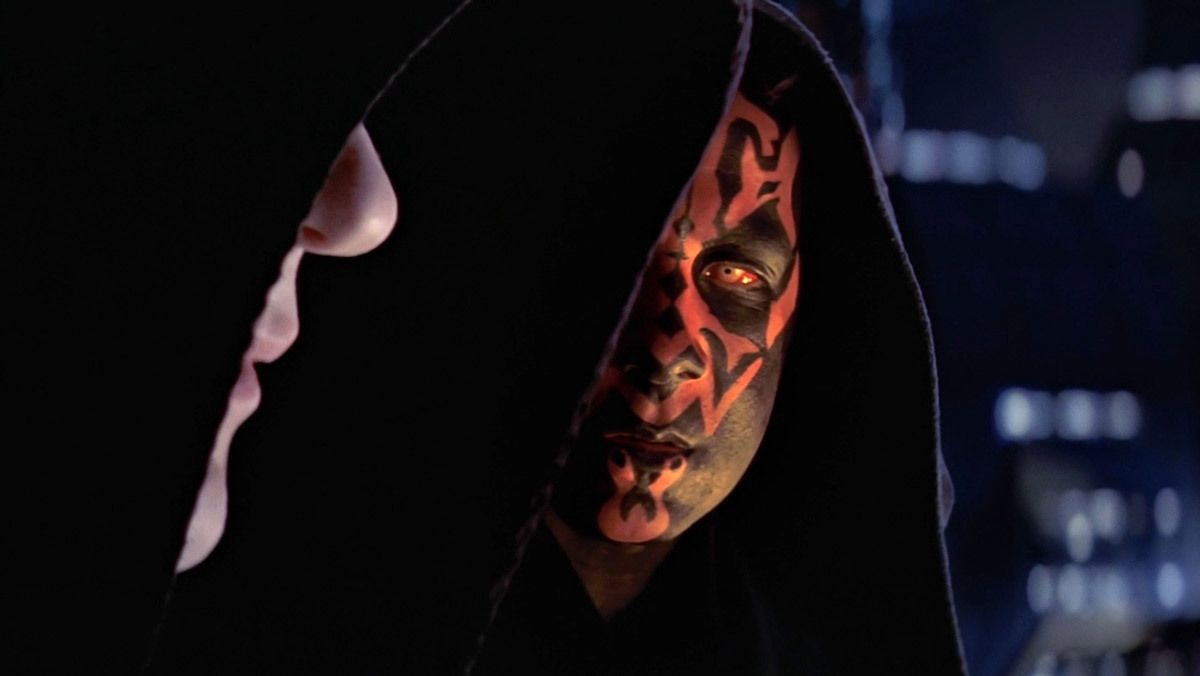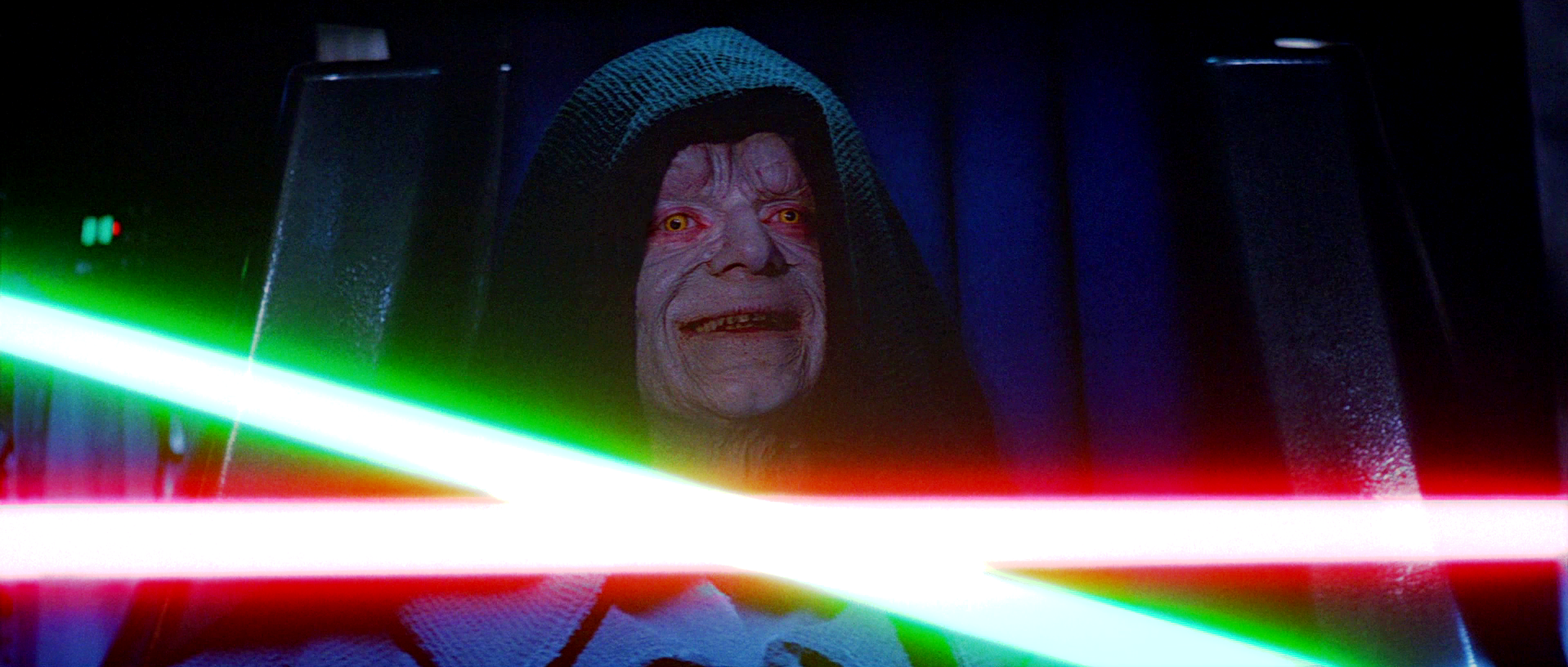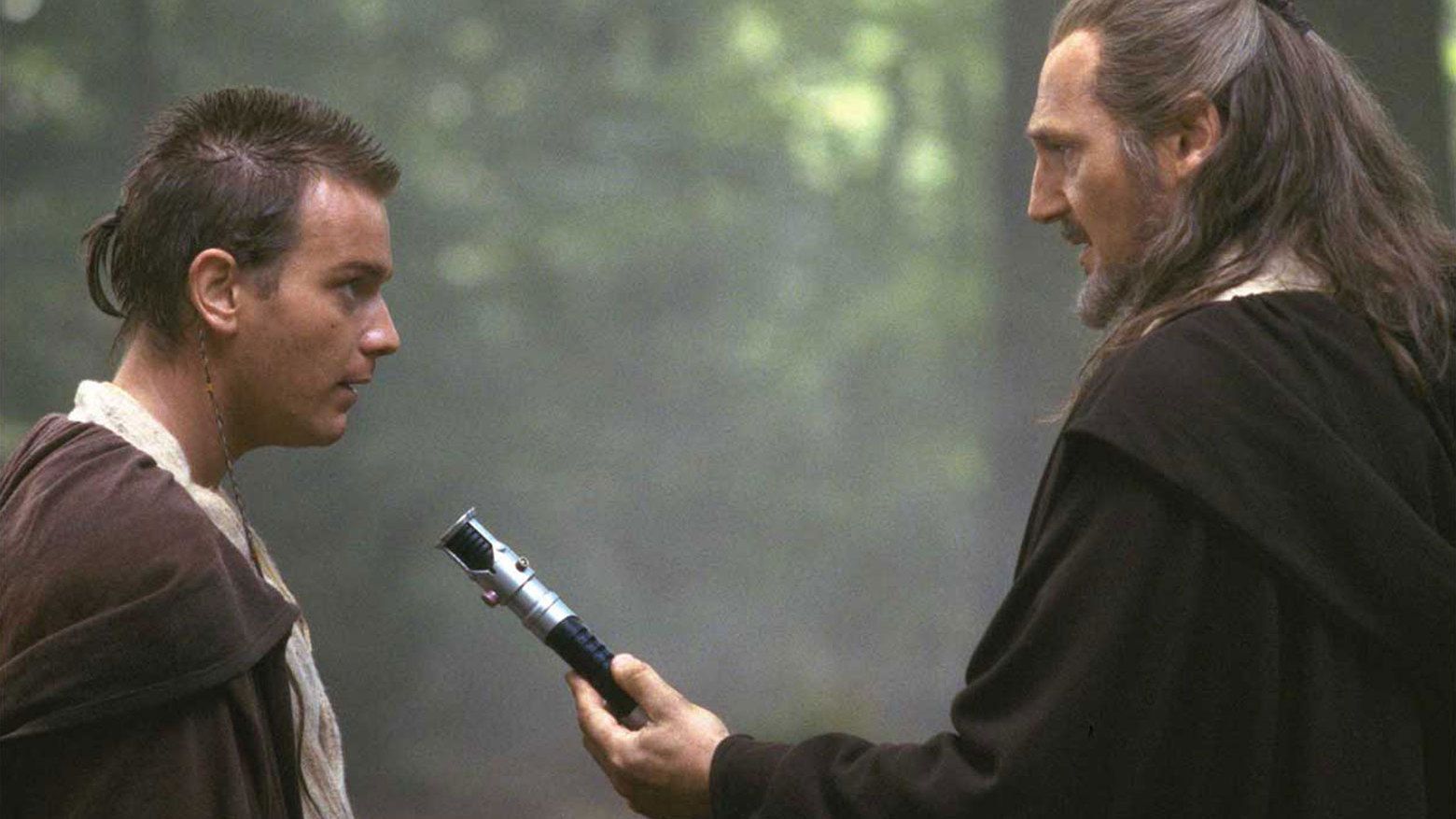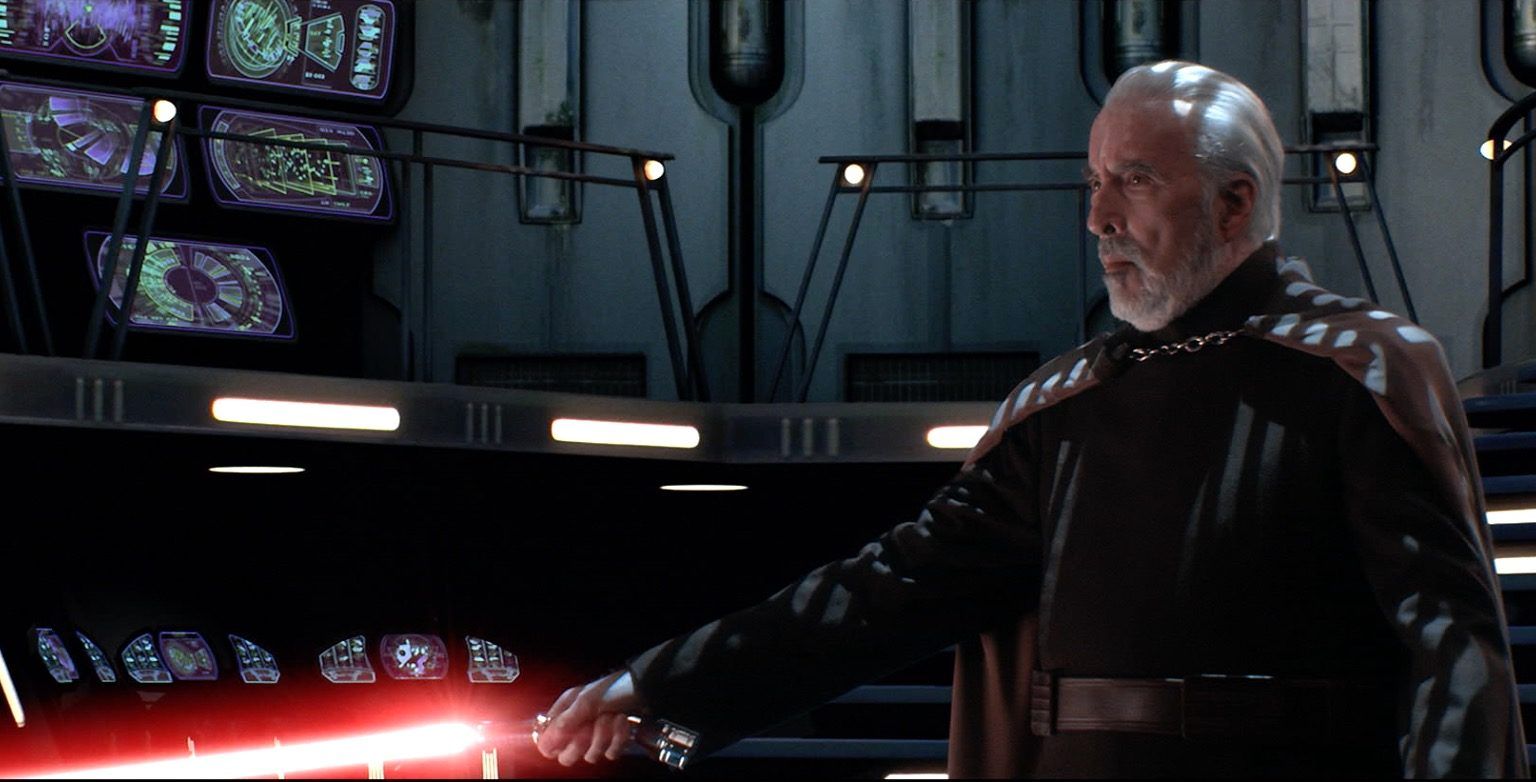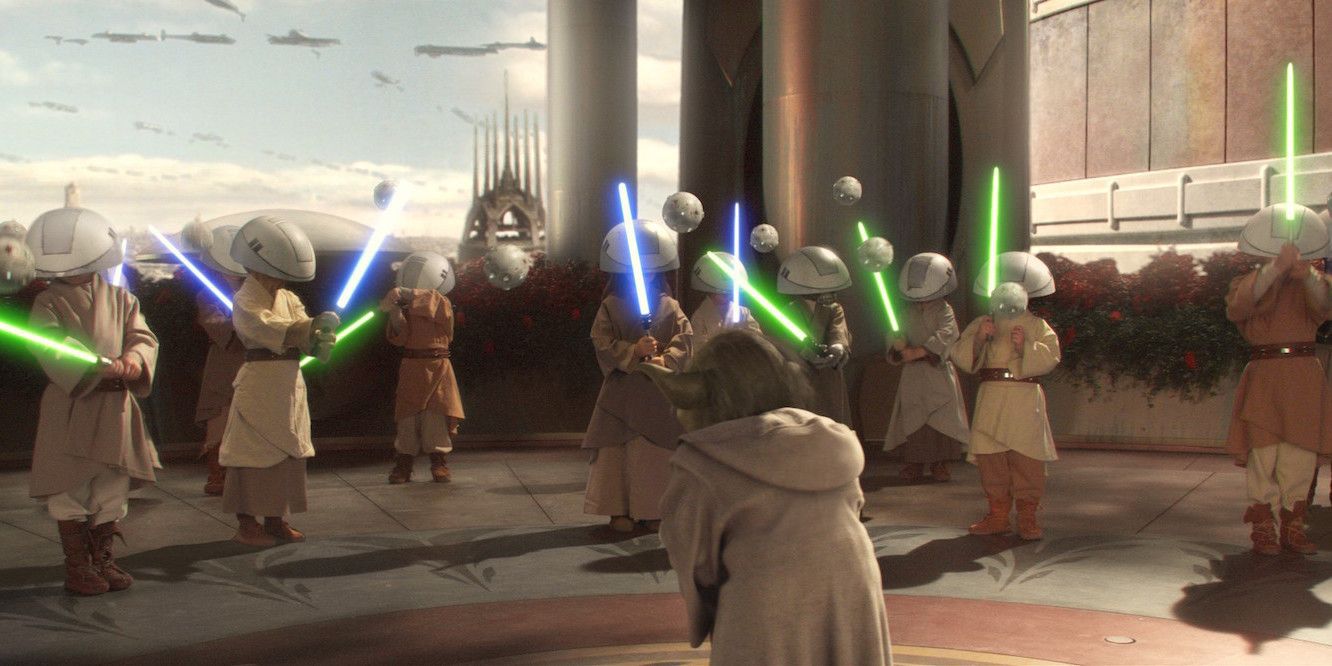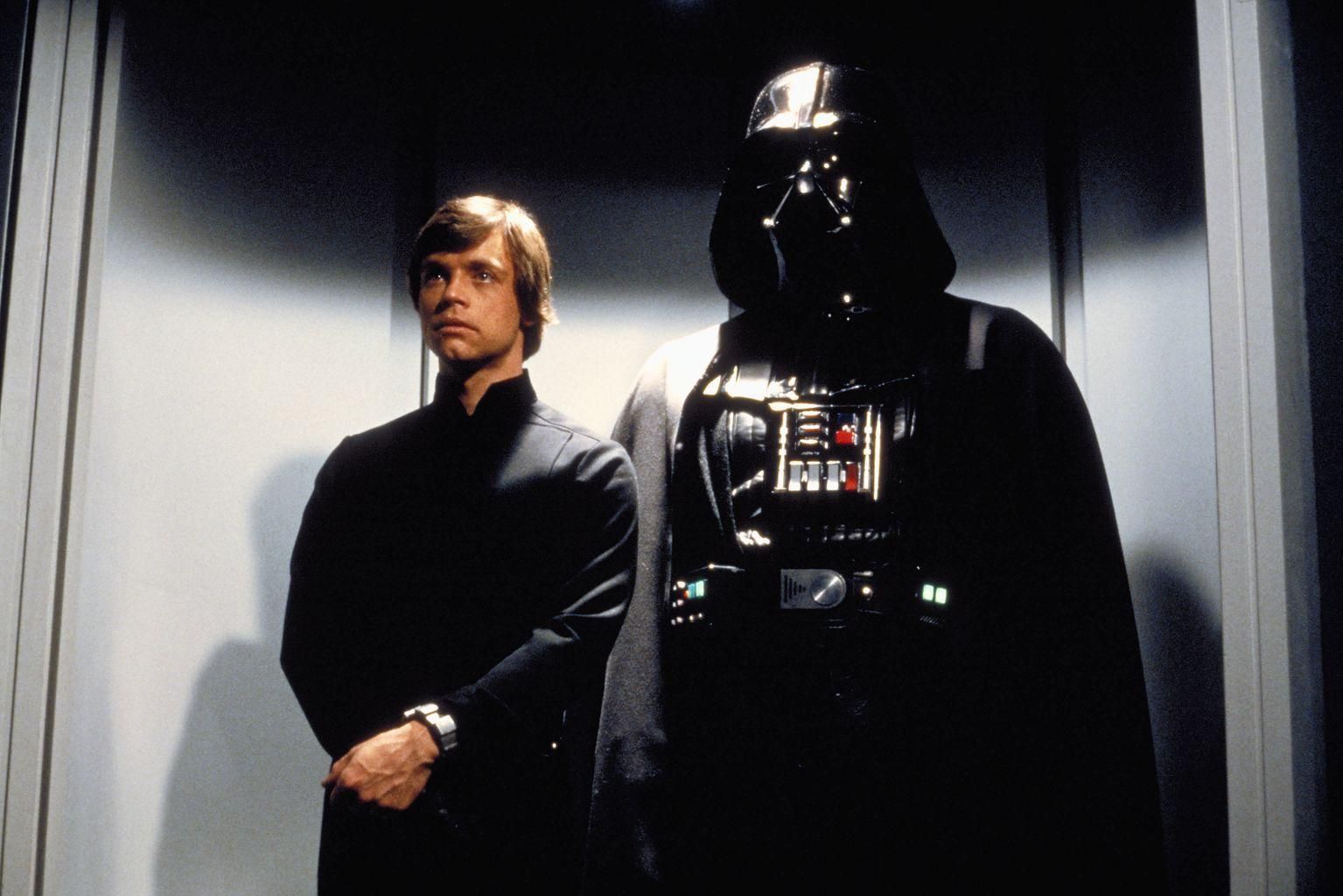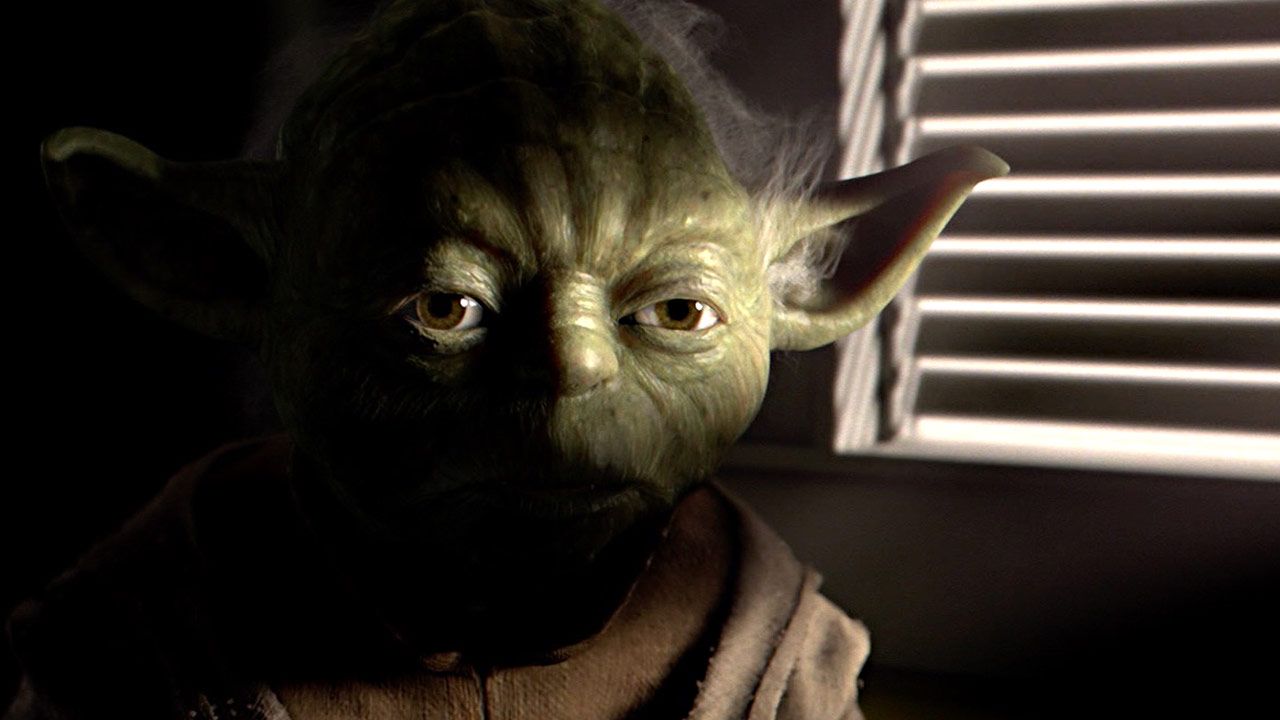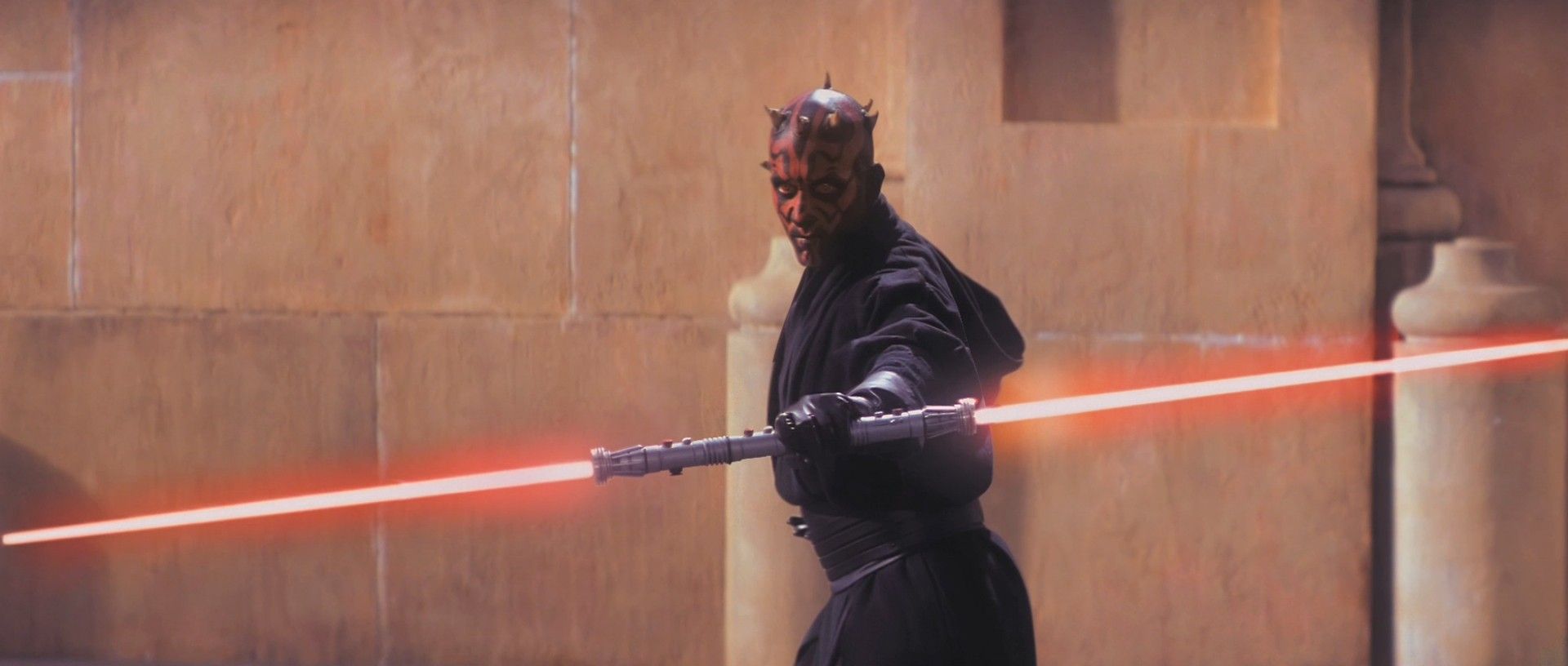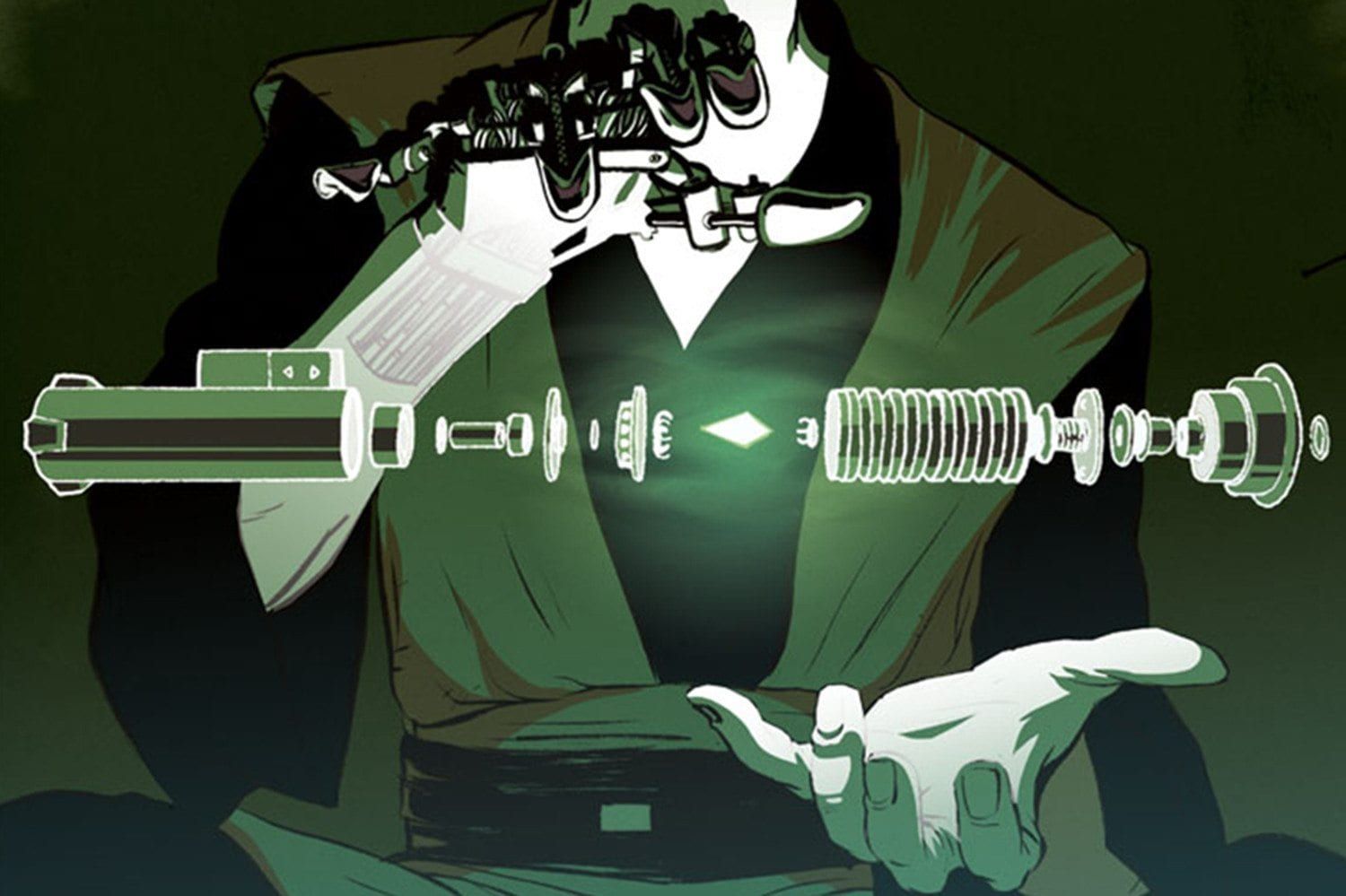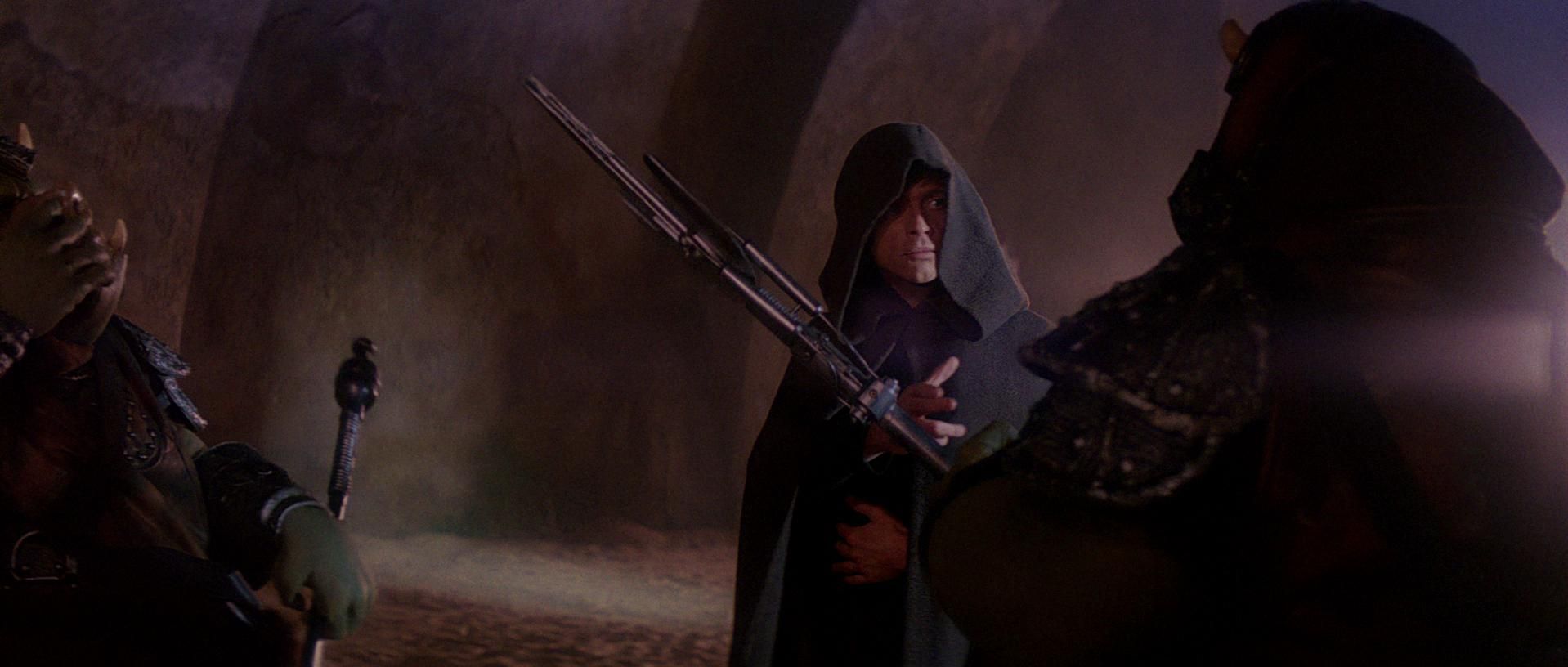The struggle between the Sith and the Jedi is one of the most awe-inspiring elements of the Star Wars franchise. Underneath all of the proxy wars and the political intrigue, it all comes down to these two powerful groups. Each has their own unique philosophy and approach, and because of this they will always be diametrically opposed to one another. But believe it or not, there are also many similarities between these two ancient Orders. For one, both groups live by a very strict set of principles and rules.
These two sets of rules give us enormous insight into the mindset, the behavior, and even the history of these two groups. As we examine both of sets of rules, we can truly understand what it's like to live in the Jedi or the Sith Order. One thing's for sure, it wouldn't be easy to go through life under either of these organizations. You would be constantly tested, pushed to the limit, and forced to live within the philosophical confines of that Order.
And sometimes, the rules that the Jedi and the Sith are forced to follow are just plain weird. One has to wonder, would the Jedi Order still exist today if they had been just a little bit more relaxed about their rules? Some say it was the Jedi Order's stiffness and inability to change that ultimately resulted in its downfall...
Jedi Can't Get Married
One of the most basic rules that Jedi have to follow has to with marriage. Put simply, they're not allowed to go through with it. However, we all know that certain Jedi have broken that rule - most notably Anakin Skywalker, who wed Padme Amidala in secret. But there is another example of a Jedi who was actually allowed to have multiple wives - and this was Ki-Adi-Mundi. That being said, some discount this as being non-canon.
The strict rule against marriage stems from one basic principle that all Jedi are expected to follow: do not form attachments. This simple rule can be expanded into the romantic context. Forming attachments with people leads to anger and pain in the opinion of the Jedi order. Some would say that their fears were proven correct, judging by the way Anakin's marriage turned out.
The Sith Rule Of Two
The Sith enjoy a very different form of "marriage," and this has been a common characteristic of the Sith order for many, many years. The Rule of Two states that there must only be two Sith at any given time. More specifically, it states that there must only be a master and a servant. The dynamic between these two Sith warriors is very interesting. On the one hand they work in complete unison. On the other hand, they are constantly testing each other's abilities and looking for signs of weakness.
The master is always on the lookout for a stronger disciple. The servant is always struggling with plans to usurp their master, claiming the power for themselves. While this might seem like a completely inefficient arrangement, the reality is that this dynamic keeps both Sith warriors on their toes. It ensures that they're always battle-hardened and sharp.
Jedi Are Forbidden To Seek Revenge
Jedi are warrior monks to the fullest extent. Although they may be called upon to deal out justice in a fatal manner, they do so in a completely altruistic way. Their actions are never driven by emotion, and they always strive for the greater good. If they can avoid harming their opponents, they will do everything they can to accomplish that goal.
Some would say that this makes the Jedi weak. Among those critics are the Sith themselves. But in many ways, acting without emotion has its advantages. One's path is much clearer when unclouded by emotion and passion. And to a certain extent, the Jedi do in fact act with emotion... But the feeling that guides them more than anything is compassion. All of this means that the Jedi are strictly prohibited from seeking revenge, because this means allowing your emotions to guide your destructive actions.
Sith Can Only Rise When They Slay Their Master
The Sith Power structure is typically self-destructive - although it does exhibit some order and structure. Because there are only two Sith, upward mobility is limited within that two person hierarchy. In order to rise as a Sith Servant, you have to destroy your master. In the main films, this is something that we haven't actually seen - but it was mentioned once in passing by Darth Sidious himself.
He spoke of an ancient Sith Lord called Darth Plagueis, who by most accounts was the master of Sidious once upon a time. Plagueis knew many secrets, and even mastered the ability to keep the ones he cared about alive. Eventually, Sidious no longer had any need for his master, and executed his master while he was sleeping. This is the only way a Sith Servant can willingly ascend to the rank of Master or Lord.
Jedi Are Only Allowed One Padawan At A Time
The Jedi have a somewhat similar approach to the Sith when it comes to having a master and a padawan. Although it's not quite the same as The Rule Of Two, the Jedi have a rule which states that a Jedi may only have one Padawan at a time. Obviously, the Jedi were fare more numerous as a result of the Sith adhering to the Rule Of Two. But the Jedi also understand the value of the close-knit relationship of a master and student.
Presumably, the rule was put in place so that the Jedi could focus their full attention on just one student. A personal, one-on-one form of training is usually superior to a teacher who tries to teach multiple people at once.
Sith Are Taught To Always Destroy The Weak
This is a pretty simple rule, but it's something that the Sith follow unquestionably. The philosophy of the Sith clearly states that the strong must conquer and reign supreme over the weak. In their opinion, it is the natural way of things, and it must be sought out on a galactic scale. This is a very old point of view, and it exists outside of the world of Star Wars.
We've seen it before in military dictatorships, and ancient conquering forces. Might makes right. The weak must fear the strong. This is the foundation that supports the entire Sith Code. In many ways, this approach is actually one of peace. When the weak are completely conquered and subjugated, there will be no more war or conflict. It's the same end result that the Jedi are striving towards - but through vastly different means.
Jedi Must Completely Break Ties With Their Families When They Join The Order
There's a reason Jedi are supposed to enter training at such a young age. Because of the Jedi's aversion to forming connections and attachments with other people, families are somewhat of a problem. For this reason, it is expected that every new Jedi youngling completely cuts ties with their family after entering the Jedi academy.
From that moment forward, they are raised by the Jedi Temple. The Jedi Order is their new family, and they focus entirely on their training. This might explain why Yoda was so unwilling to accept Anakin as a recruit into the Jedi Order. Even though Anakin was very young, he was still old enough to form strong attachments to his mother.
Sith Are Not Allowed To Love
In this rare circumstance, Jedi and Sith must follow pretty much the same rule. Sith are not allowed to love, in the same way that Jedi are not allowed to form attachments. But when we dig a little deeper, we clearly see that these are actually two very different rules. Jedi are actually encouraged to love, as explained by Anakin himself. Compassion is one of their guiding principles. But forming emotional attachments is a problem in the eyes of the Jedi.
On the other hand, the Sith reject compassion, and yet they allow their emotions to control them. This especially extends to rage and pure passion. They let their emotions flow through them, taking control and directing their focus. But love is still forbidden by the Sith. They interpret love as weakness.
Jedi Must Always Treat Their Prisoners Well
In a memorable scene from the original trilogy, Luke allows himself to be taken prisoner. He later meets with Vader, and has a rather civil conversation with his father, talking about the Force and the situation they've found themselves in. Many viewers were surprised at the way Vader treated his prisoner. After all, Luke was completely helpless. Most people expected Vader to torture Luke, or at least treat his captive badly in some way.
His restraint might be the result of some lingering respect for the Jedi order, which clearly states that you must always treat your prisoners well. A defenseless enemy must always be treated with respect and dignity, no matter what. We've seen some Jedi disobey this rule, but they're usually misguided in their efforts.
Sith Work In Secret
Once upon a time, the Sith were a much larger military Order that operated in the open for all to see. This massive army attacked the Jedi order numerous times, and threatened the entire galaxy with their large numbers. But the Sith order began to rot from the inside. With so many Sith Lords, betrayal and trickery was destroying the military organization of this force. They were fighting each other as often as they were the enemy.
This was the reason for the establishment of the Rule of Two. But alongside the Rule of Two, another philosophy was embraced - the Sith would work in secret from that moment on. With only two Sith in existence at any given time, it was much more effective to work in the shadows, establishing puppet regimes and pushing galactic politics in certain directions.
Jedi Aren't Allowed Material Possessions Or A Life Of Luxury
The rejection of attachments in the Jedi Order doesn't just extend to other people. It also applies to material goods and luxuries. A Jedi Knight is a monk in the truest sense of the word. Jedi do not need fancy clothes, nice houses, or lavish lifestyles. They are expected to live a simple life, dedicated only to the well being of others.
A great example is Obi-Wan Kenobi in his later years. This man was fully content to live in the middle of the desert, wearing the same old Jedi robes and completely disconnecting from society. The man was a total hermit for countless years, and yet it didn't seem to impact his overall happiness or well being one bit.
Sith Tend To Abandon All Control When Fighting With A Lightsaber
The Jedi have many different styles when it comes to fighting with a lightsaber. This is similar to the many different forms of martial arts we have today, such as Karate, Jiu-Jitsu, Muay Thai, and many others. Some of the Jedi lightsaber forms involve a more defensive approach. Some favor raw strength, while others focus on speed or elegance.
But while the Jedi have many different lightsaber forms, the Sith have just one. While the Sith form has some underpinning elements of discipline and technique, the main basis revolves around completely surrendering to raw passion, emotion, and above all, anger. A Sith with a lightsaber in his hand is often much more powerful than a single Jedi, and in many ways the Sith have actually improved on the more reserved methods of Jedi lightsaber dueling. Some would say that the very reason the Sith wield lightsabers is to mock their Jedi adversaries.
Even Though Jedi Have Visions Of The Future, They Can't Let Those Visions Control Them
The Jedi have all kinds of interesting abilities that we can only dream about. But one of the most interesting is the ability to see the future. Most of the time, these visions only come about randomly after deep meditation or dreaming. The Jedi cannot control the occurrence of these visions - except perhaps Master Yoda. Visions are also associated with those who are extremely Force sensitive.
What could be harder than seeing the future, and then accepting you can't do anything to change that fate? What if those visions involved things that affected you directly? Most people would try to alter the inevitable if those visions included negative outcomes. But Jedi are strictly prohibited from acting on these visions. It's one of the hardest rules a Jedi must follow. Many of them fail to do so.
The Sith Order Was Created In Part To Destroy The Jedi
The history of the Sith is very intriguing. Fans of the Star Wars franchise will already know that the Sith Order was born out of the early Jedi Order. Certain Force sensitive members of the Jedi Order discovered new ways to channel the Force that involved using intense emotion as a means to focus the Force. This was a total deviation from the normal Jedi approach - that being detachment, humility, and serenity.
When these people were discovered, they were exiled from the Jedi Order as punishment for their blasphemous experiments with the Force. As a result, the first Sith Order was born. One of the first things the Sith order sought to do was to destroy the Jedi. They wanted revenge, but they also wanted to prove that their method of channeling the Force with raw emotion was superior.
Jedi Can't Execute Unarmed Opponents
In the same way that Jedi cannot treat prisoners badly, they also cannot execute an unarmed opponent. This act is seen as dishonorable, and rightly so. An unarmed opponent obviously has no way to defend themselves, and so there is no honor in executing them. It's just not the right thing to do. The typical course of action would be to take that person prisoner.
But as we all know, there were plenty of instances where certain Jedi disobeyed that rule. One example was when Anakin Skywalker destroyed Count Dooku after defeating him. As Dooku was on his knees, Anakin delivered the final blow. After his actions, he expressed regret, knowing that what he did was wrong. The second example was Mace Windu, who attempted to destroy a helpless Darth Sidious without letting him stand trial. We all know what happened next.
Sith Use Artificial Kyber Crystals In Their Lightsabers
Kyber Crystals are an interesting part of Star Wars lore, and they also have an interesting impact on the dynamic between Sith and Jedi. These two Orders view the Kyber Crystals in different ways, and both seek to use the Kyber Crystals to help them complete their goals. But when it comes to the Sith, this Order has a much more straightforward approach.
Put simply, the Sith prefer to use the Kyber Crystals which are the strongest. And in this case, the strongest crystals are actually artificial ones. At a certain point, technology made it possible to create Kyber Crystals in a lab. These crystals were often stronger, but relatively more unstable. They also had a red coloring, due to their artificial origin.
Jedi Must Construct Their Own Lightsaber
The Jedi take a much more organic approach to Kyber Crystals. Not only do they favor natural crystals, but they also make sure that every Jedi Knight knows how to create their very own lightsaber. This is part of every Jedi's training, and this training is not complete until the Jedi completes this vital step.
Padawans are sent to certain caves which have naturally occurring Kyber Crystals, and they choose their own crystal. At this point, they re-emerge and get to work. Most Jedi use the force when creating their lightsaber, and the entire process is seen as a pseudo-ritual. At one point, Darth Vader comments that Luke has created his own lightsaber - the newer green one seen in the later part of the trilogy.
Sith Also "Bleed" Jedi Kyber Crystals
Even though Sith are said to prefer the use of artificial Kyber Crystals, that's not the only option available to them. Many Sith choose instead to "bleed" a Jedi Kyber Crystal, turning that crystal and the lightsaber to the Dark Side. Sith accomplish this by pouring intense emotions of hate and rage into these crystals, eventually making them unstable and "dark." This is one technique which is unique to the Sith.
Many Jedi choose to do this if they have turned to the Dark Side. They might be familiar with their lightsaber, and unwilling to create another one once they've joined the ranks of the Sith. In this case, they would simply bleed their existing Kyber Crystal, and continue using their old lightsaber.
Jedi Are Forbidden From Using Certain Techniques
It should come as no surprise that there are certain techniques that are completely forbidden by the Jedi. In many ways, this is the entire reason that the Sith were born in the first place. This Jedi offshoot wanted to practice new techniques that were only possible after surrendering to the Dark Side. Because these techniques awaken the Dark Side in any Jedi, the Order forbids them completely.
Examples would be Force Choke, or Force Lightning. But true fans of Star Wars will remember on interesting instance when Luke actually used Force Choke on the guards outside Jabba the Hutt's palace. It was a rare example of Jedi using Sith techniques, and it was never really explained.
Sith Constantly Break The Rule Of Two
There are also plenty of examples of Sith breaking their own rules. In fact, Many Sith have broken what is widely considered their most important rule of all - the Rule Of Two. Count Dooku was openly training General Grievous, and although the cyborg can't really be considered a Force User, he was most certainly a student of Count Dooku.
Darth Vader also broke the Rule Of Two when he trained Starkiller, otherwise known as Galen Marek, although some would consider these events non-canon. Finally, it's been established that Darth Sidious was secretly training Darth Maul while he was still a servant of Darth Plagueis. It's obvious that this rule is more of a general guideline. We can hardly expect Sith to follow rules - even their own.



